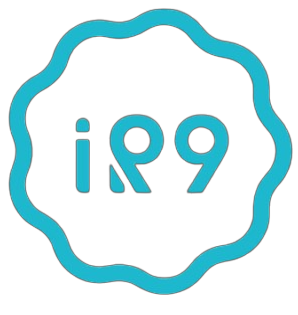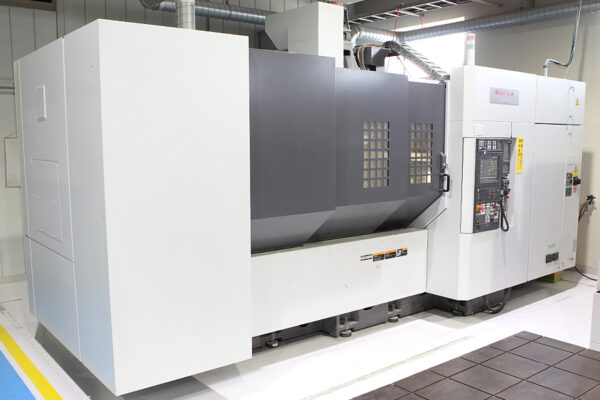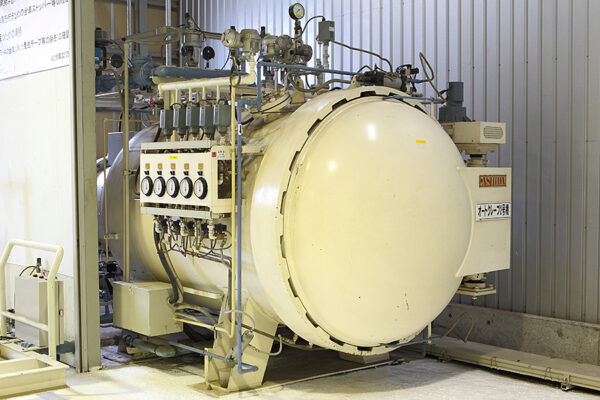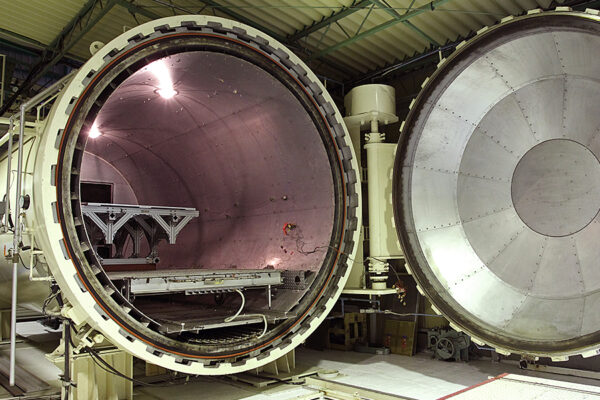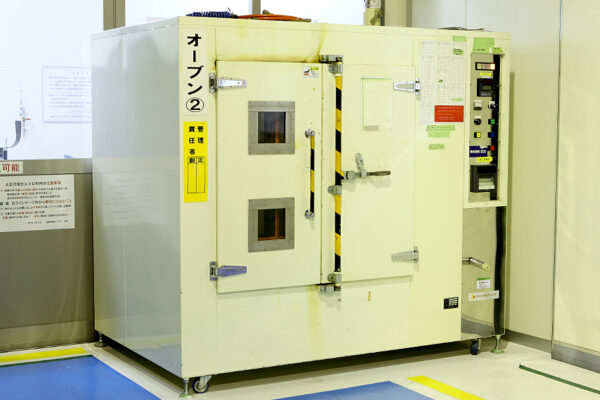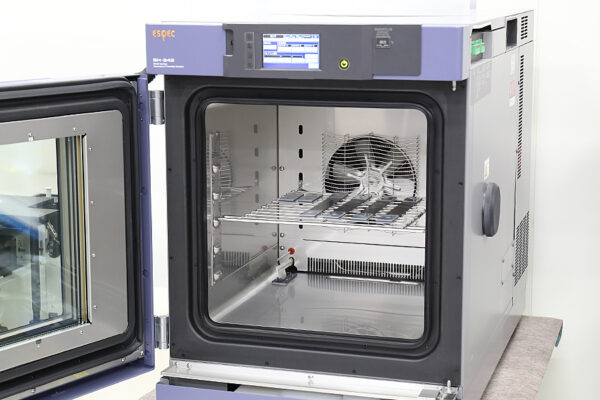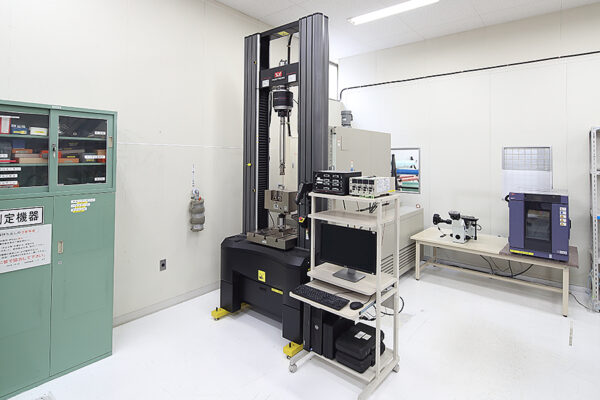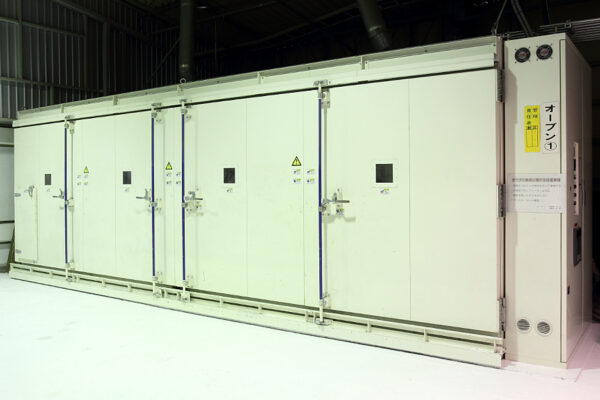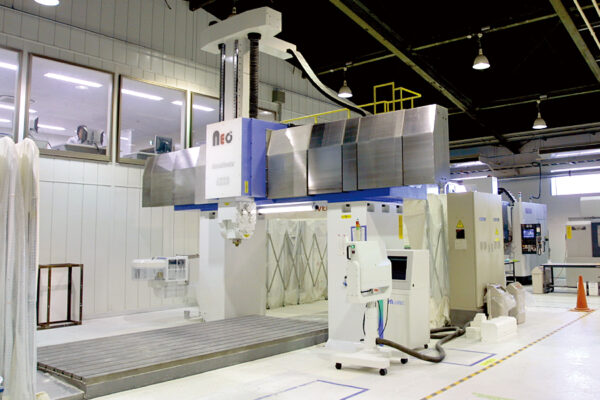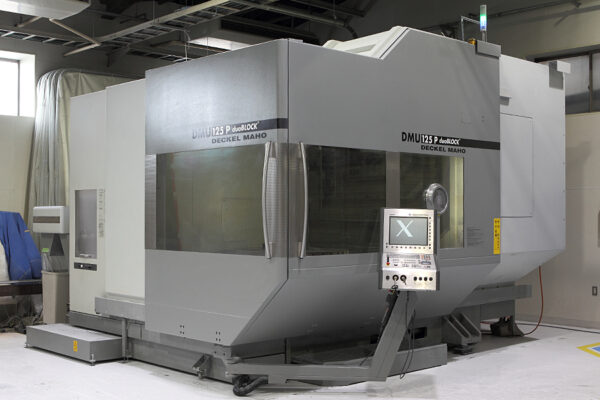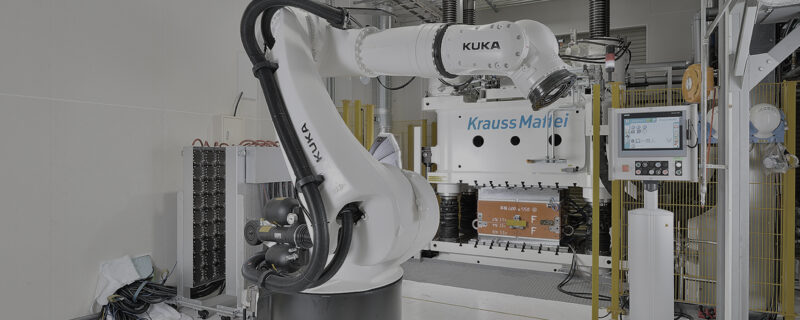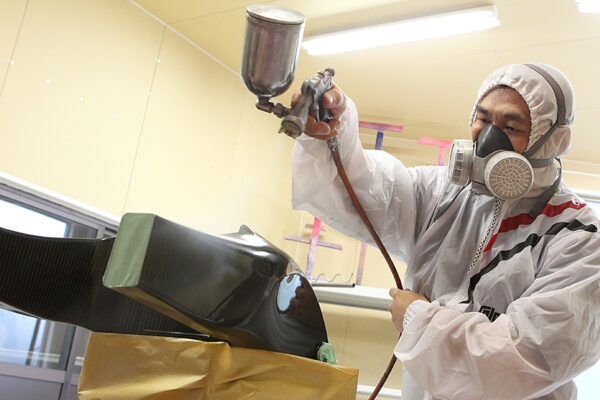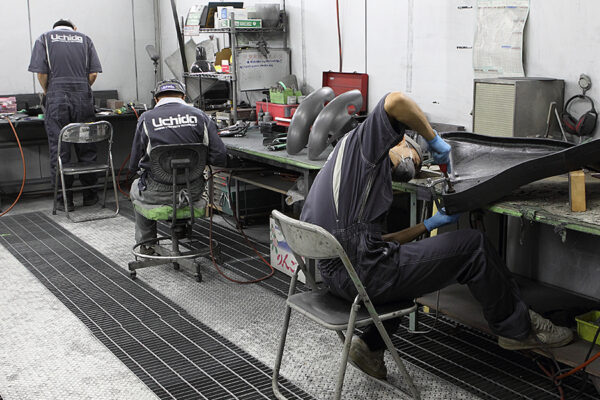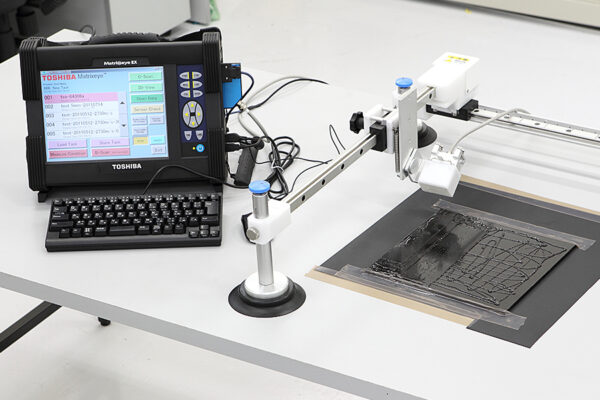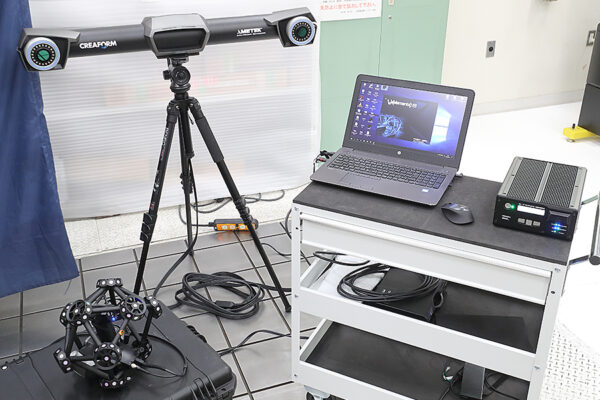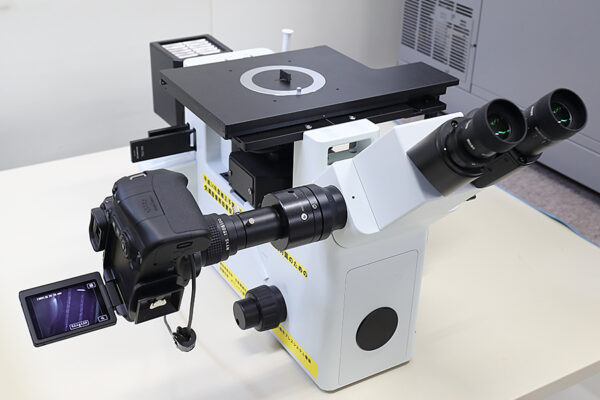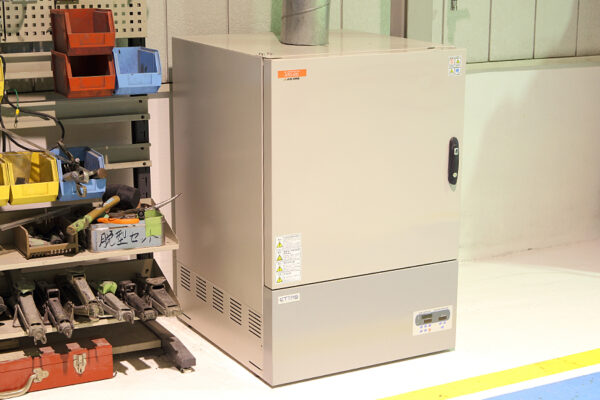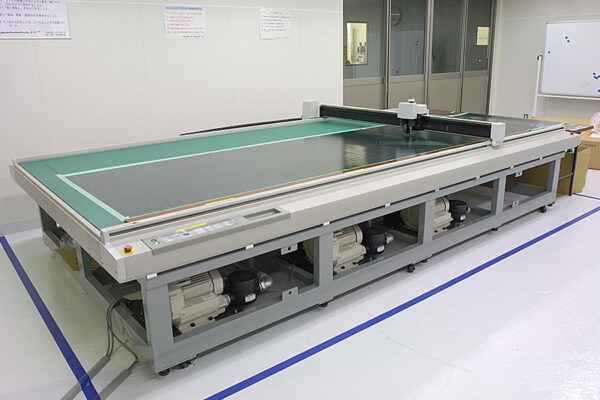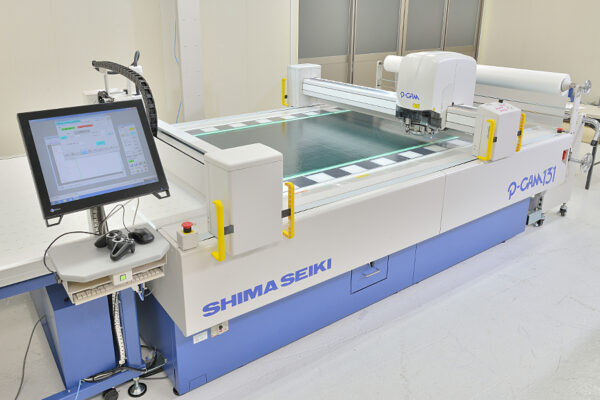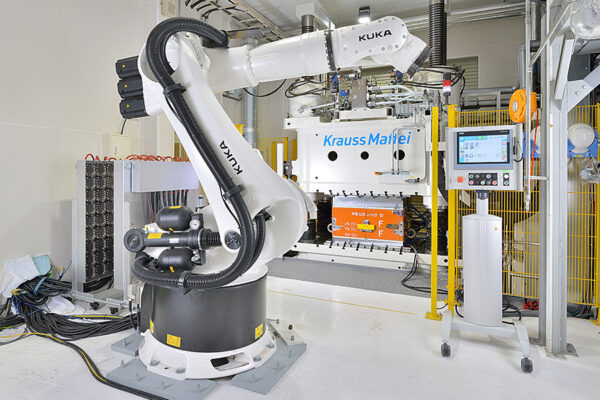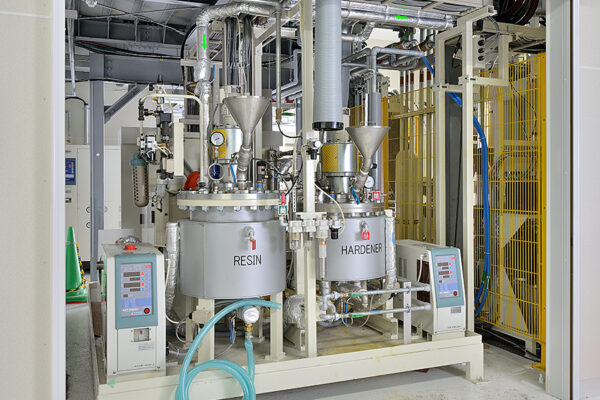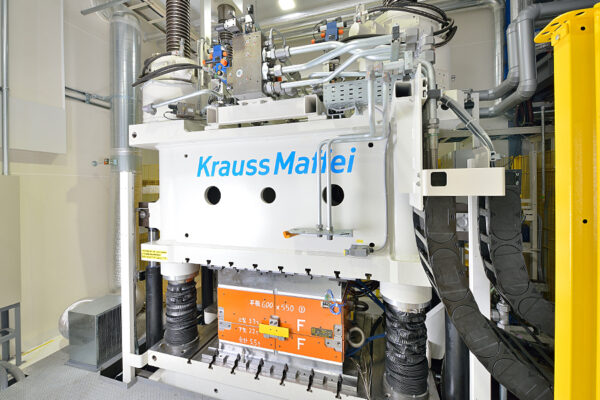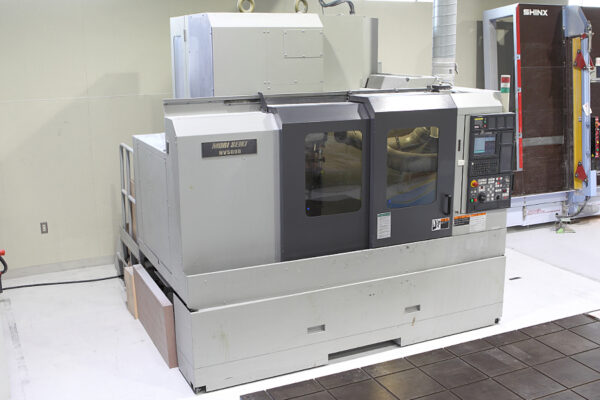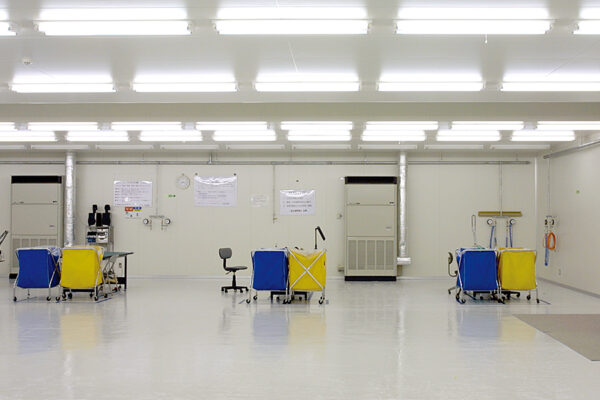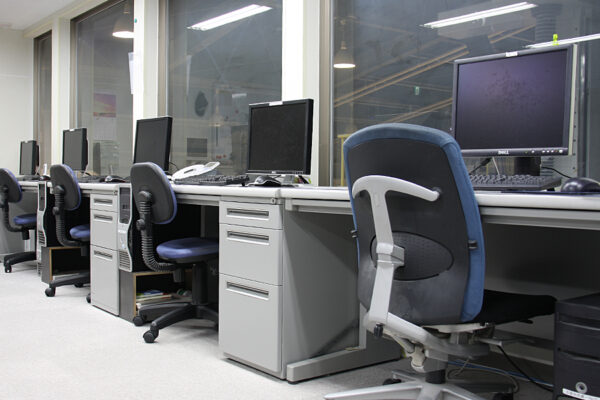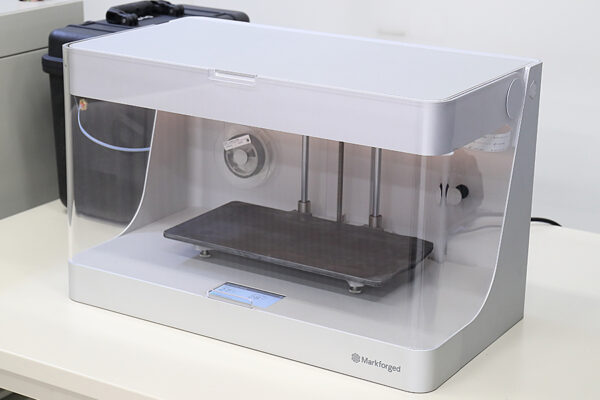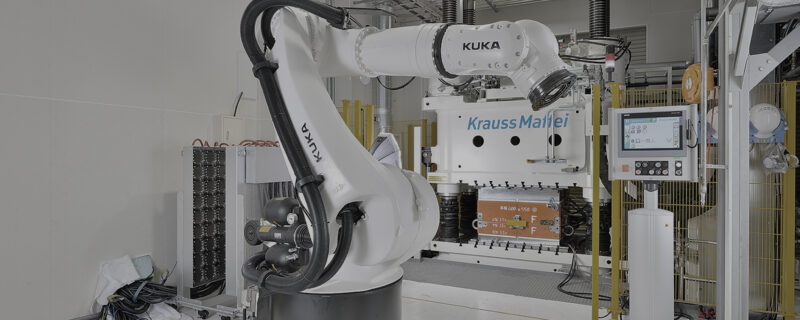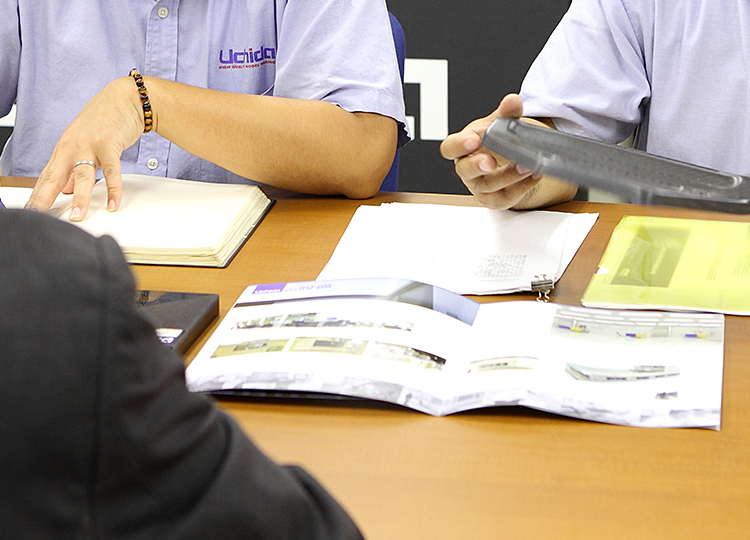- Introduction
- What is Carbon? Delving into CFRPs
- Carbon Composite
- CFRP Molding Methods
- Autoclave Molding Method: The Hallmark of High-quality CFRP Product Manufacturing
- Precautions When Handling CFRP
- Various Molding Methods/Manufacturing Processes
- Accommodating Short Lead Times
- Uchida Facilities and Equipment
- Summary
Introduction
Carbon fiber reinforced plastic (CFRP) has become widely known in recent years. CFRP is “strong, lightweight, and non-corrosive,” but how is it commercialized and how quickly can a product be delivered? Are short lead times possible?
What is Carbon? Delving into CFRPs
Carbon Fiber Reinforced Plastics
While the term carbon fiber refers to thin strands of carbon, these fiber strands will not retain their form on their own. Thus, they are combined with a resin to retain the shape and maximize its distinct lightweight and strong characteristics. Composite materials are substances composed of two or more constituents, such as carbon fiber and resin, to yield new functions. Carbon fiber reinforced plastic (CFRP) is the name given to a composite created from carbon fiber and resin.
The composite is referred to according to the type of fibers used. CFRP (carbon fiber reinforced plastic) denotes use of carbon fibers; GFRP for glass fibers, and AFRP for aramid fibers.
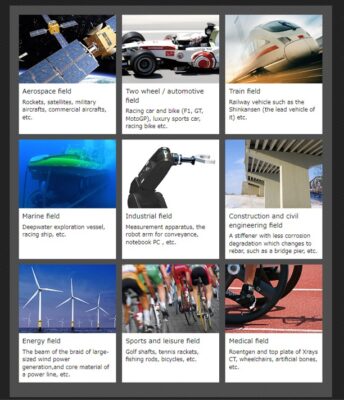
Carbon Composite
The distinctive “lightweight, strong, non-corrosive” qualities of advanced CFRP has opened doorways for leading-edge development in various fields, such as aviation, satellites, automobiles, and sporting and leisure equipment industries. Unlike metals and other isotropic materials, with CFRP, the strength is determined by the orientation of the carbon fibers (anisotropic) and therefore necessitates product-specific material design. The high degree of design versatility, in terms of resin and carbon-fiber constitution and arrangement, means that is volatile and difficult-to-handle without expert technical knowledge of the material and its properties.
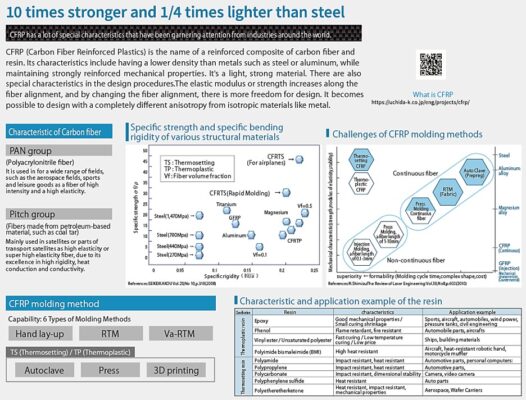
Advantages and Disadvantages
As an anisotropic material, the strength of CFRP is determined by its fiber orientation. Thus, unlike metals and other isotropic materials, CFRP requires detailed material design and planning. The high design versatility of resins and fiber, however, necessitates specialized knowledge for fabrication. Working with these materials is nearly impossible without expert knowledge of their characteristics and functions. While CFRP offers impressive advantages, high production costs due to the need for molds, expensive materials, and complicated fabrication processes are lingering issues.
CFRP Molding Methods
Before delving into CFRP processing, let’s first look at molding methods. There is a wide variety of CFRP molding methods which are selected according to the desired application, shape/form, and production lot.
CFRP Molding Methods
Autoclave Molding
RTM (Resin Transfer Molding)
Va-RTM (Vacuum Assisted Resin Transfer Molding)
Press Molding
Hand Lay-up Molding
Filament Winding Molding
Sheet Winding Molding
Pultrusion
3D Printer
At Uchida, we use the fabrication methods shown in red.
Autoclave Molding Method: The Hallmark of High-quality CFRP Product Manufacturing
Despite the extensive range of molding methods, autoclave molding remains the hallmark method for design versatility and high-quality CFRP fabrication. High-quality CFRP created using the autoclave molding method is known as dry carbon. This method is suitable for prototyping and small-lot production as it does not require expensive metal molds. The diagram below illustrates the production process of CFRP products using the autoclave molding method.
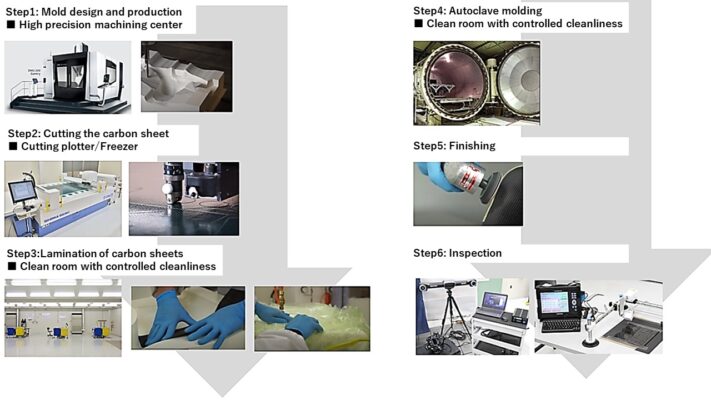
Autoclave Internal Thermal Heating and Pressurization Processes
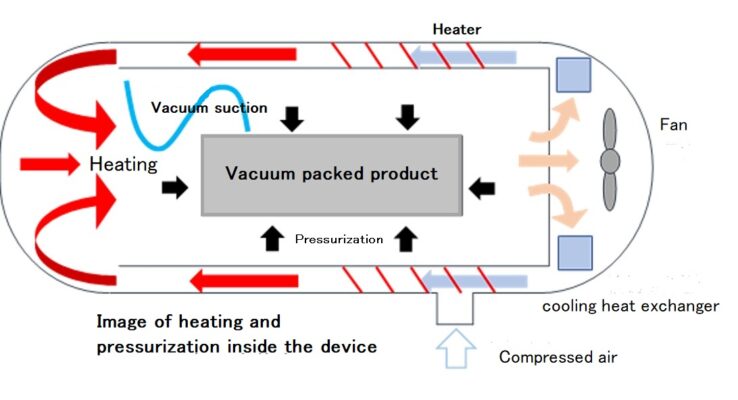
Precautions When Handling CFRP
Anisotropic Material
Unlike isotropic materials such as metals, which have a uniform strength in all directions/orientations, the strength of CFRP varies depending on the orientation of the carbon fibers (anisotropic). Specialized knowledge, material designing, and lamination technique is thereby essential to ensuring that the product exhibits the required strength in the required direction.
Various Molding Methods/Manufacturing Processes
To recap, CFRP manufacturing methods vary according on numerous factors including the product material, shape, production lot, delivery time, and Vf (fiber content in volume).
Specialized Processes
CFRP is predominantly manufactured using the autoclave method. Ultra-thin 0.08 to 0.2mm sheets of carbon fiber which are pre-impregnated with resin matrix (referred to as prepregs) are layered into a laminate stack to form the product. With this method, any foreign matter or voids which form between the layers are not visibly detectable after molding is complete. This is referred to as a “special process.” With special processes, testing for any internal defects requires the use of non-destructive inspection techniques and strict process controls must be employed at each stage of the manufacturing process.
Accommodating Short Lead Times
Thus far, we have discussed CFRP manufacturing processes and precautions needed. But how can we meet short delivery times and what is required?
Facilities and a Production Environment Other Than Mass-Production Facilities
In short lead-time development, immediate response is difficult if the equipment you want to use for mass production or other purposes is already in use. At Uchida, our flexible molding and processing facilities offers the capacity to respond to requests at any time.
Years of Accumulated Experience and Technology Development across Diverse Fields
Initial response and commencement of manufacturing tends to be slow when creating products for fields or industries where the manufacturer has limited or no experience. Experience is particularly important for prototype development and short-lead time response. As short lead time requests often lack sufficient drawings or product specifications for CFPR manufacturing, we must identify needs quickly and offer immediate proposals or solutions. This demands accumulated experience, knowledge, and a good track record in the field.
One-Stop Support for Production and Manufacturing Processes
Accommodating one-stop manufacturing for all stages from product design to mold fabrication, CFRP molding, laminating, secondary processing, assembly, painting/coating, final inspection, and testing. One stop manufacturing drastically reduces times required for transportation as well as specification and price adjustments for parts procurement and subcontractors, and therefore is a major factor when it comes to short delivery times. In other words, handling all processes in-house, as a one-stop shop, is the key to short-lead time development with the best results.
Company Culture and Human Resources
Short lead-time and CFRP prototype development is ultimately carried out by our technicians and workers. Each worker is a valuable human resource and possessing the mindset, technical skillset, and company culture to understand customer needs and flexibility adapt production work styles in response to the situation, is essential for high-quality and successful short lead-time development.
Uchida Facilities and Equipment
With our wide range of molding equipment and technologies, we can respond to all kinds of prototyping and development needs.
Autoclave
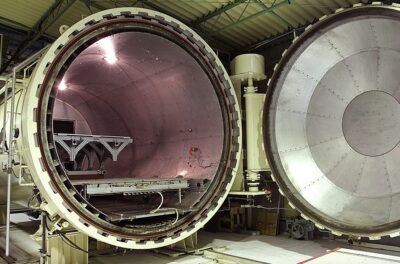
(1)Large Scale Autoclave
φ3m × 6m (depth), temperature MAX 200°C : pressure MAX 1.0MPa
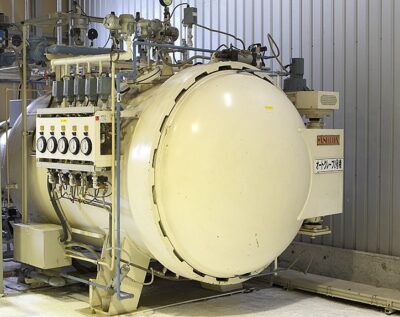
(2)High Pressure Autoclave
φ1.15m × 1m (depth) temperature MAX 400℃ : pressure MAX 2.0MPa
Press System/RTM『HP-RTM,Gap-RTM,WCM』
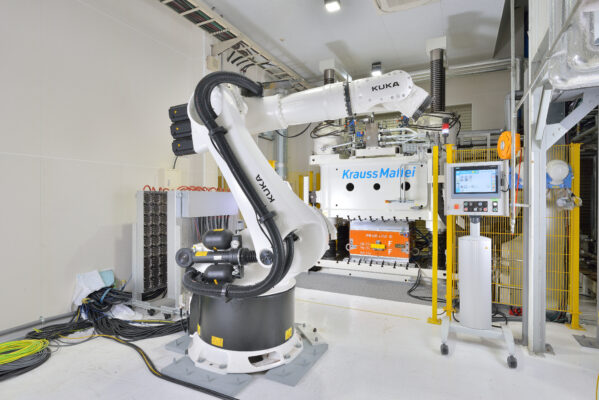
(1)Krauss Maffei Press Machine:630ton W1.5m x L1.2m x H1.7m
(2)Krauss Maffei Epoxy Resin Injection Machine: Resin 60ℓ,Hardener 25ℓ
(3)KUKA Material Hand Robot: KR 240 R3330
(4)Asano Laboratories Co.,Ltd. Quick Response Heater
3D printer (FDM method)
Mark Forged: 3D printer capable of molding carbon fibers (2)
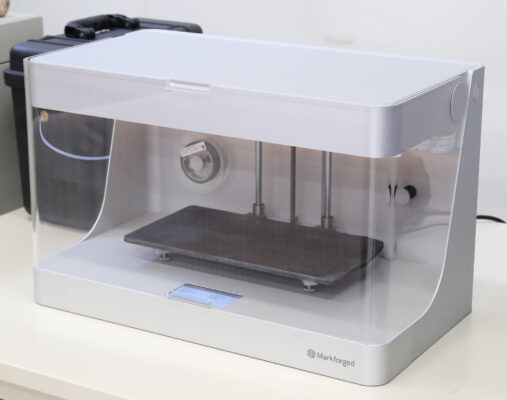
(1)Markforged: Mark Two
(2)Markforged:Onyx One
Summary
In this issue, we explained how we, at Uchida, respond to short delivery times for carbon fiber reinforced plastic (CFRP) product manufacturing. Our ability to respond to short lead-times owes to our strong track record, diverse experience, and the capacity to complete all processes in-house.
Related useful contents
You can explore related content by clicking on a topic of interest.
ABOUT UCHIDA - 55 years since our founding
We leverage a wealth of technical expertise as a CFRP molding and processing manufacturer using FRP, GFRP, and CFRP materials. We offer a one-stop solution, encompassing design, analysis, manufacturing, secondary processing, assembly, painting, quality assurance, and testing.
UCHIDA's equipment
We have cutting-edge equipment to ensure that we can address even the most advanced challenges of our customers.
Video Library
In the following video, we provide a detailed overview of our manufacturing process. Please feel free to watch and learn more.

